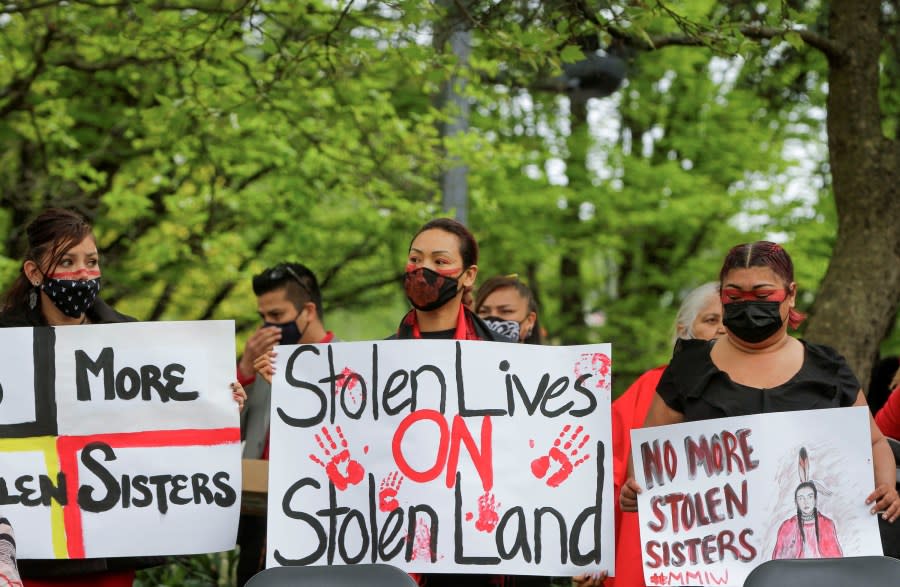The significance of ‘Red Dress Day’

(KRON) – May 5 is National Day of Awareness for Missing and Murdered Indigenous Women and Girls and 2SLGBTQI+ people (two-spirit people, lesbian, gay, bisexual, transgender, queer and intersex). The day is also known as “Red Dress Day.”
Members of the Indigenous community and allies wear and display red dresses to honor the missing and murdered Indigenous women, girls, and 2SLGBTQI+ people in Canada and the United States.

According to the Native Hope Organization, the National Crime Information Center reported 5,712 reports of missing American Indian and Alaska Native women and girls, through the US Department of Justice’s federal missing person database in 2016. The National Missing and Unidentified Persons System only logged 116 cases.
Métis artist Jaime Black began the red dress movement in 2010 as “an aesthetic response to this critical national issue.”
The commemoration includes marches, rallies, bike rides and fundraisers to raise awareness for the MMIW and to combat the disparaging injustice Native women face. Many allies place red paint on their hands and cover their mouth to signify how Native people have been silenced. Participants also hold signs saying, “No more stolen sisters.”
For the latest news, weather, sports, and streaming video, head to KRON4.

